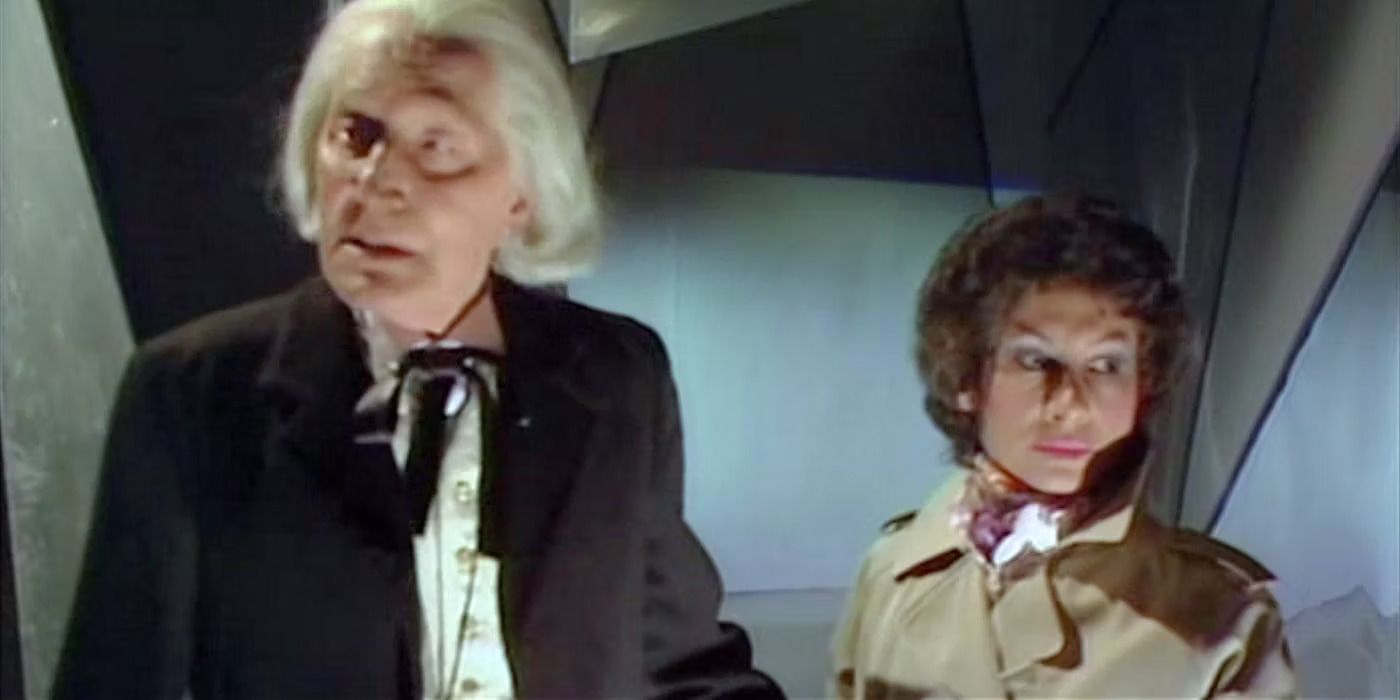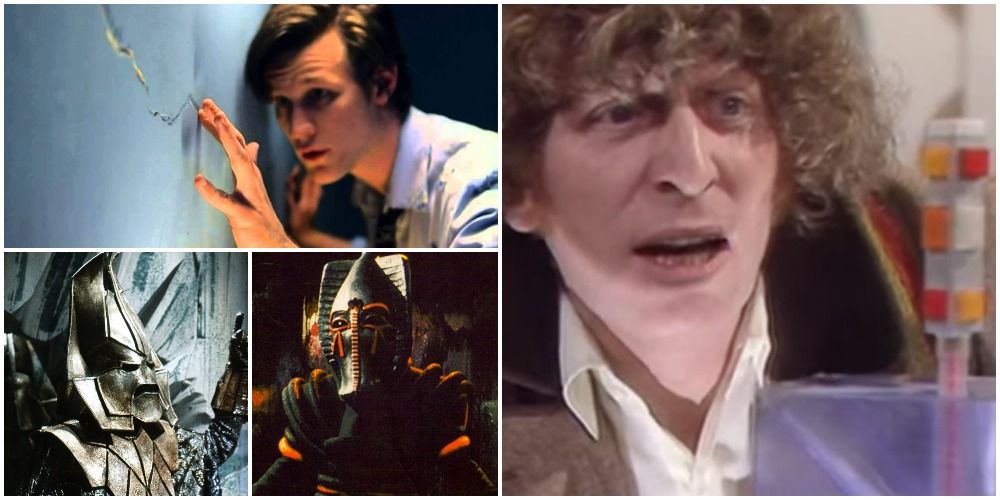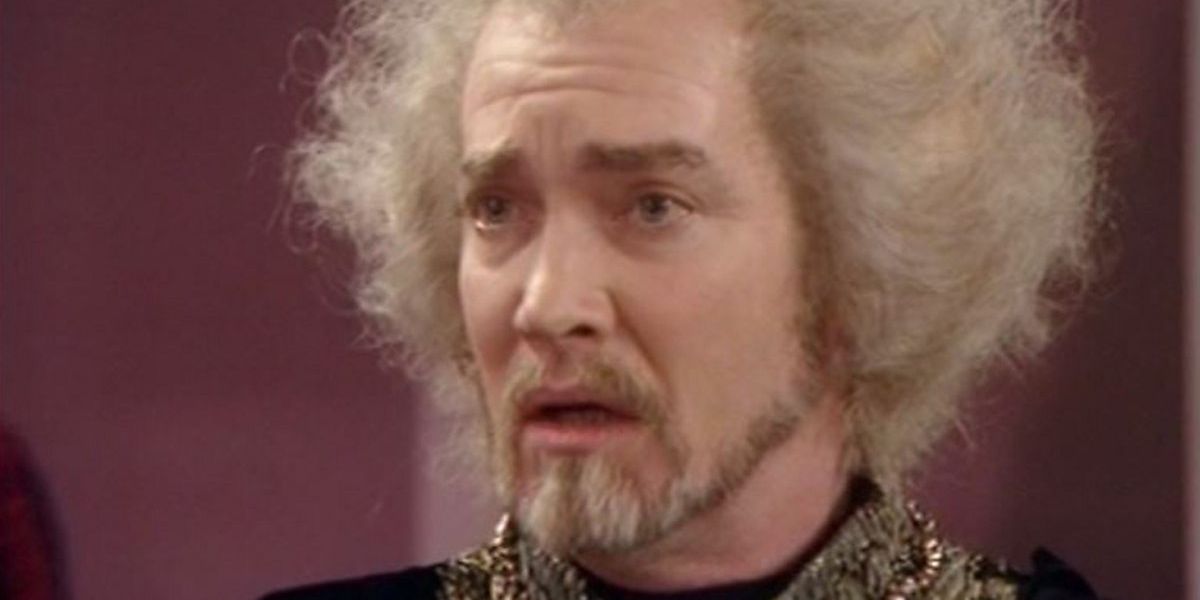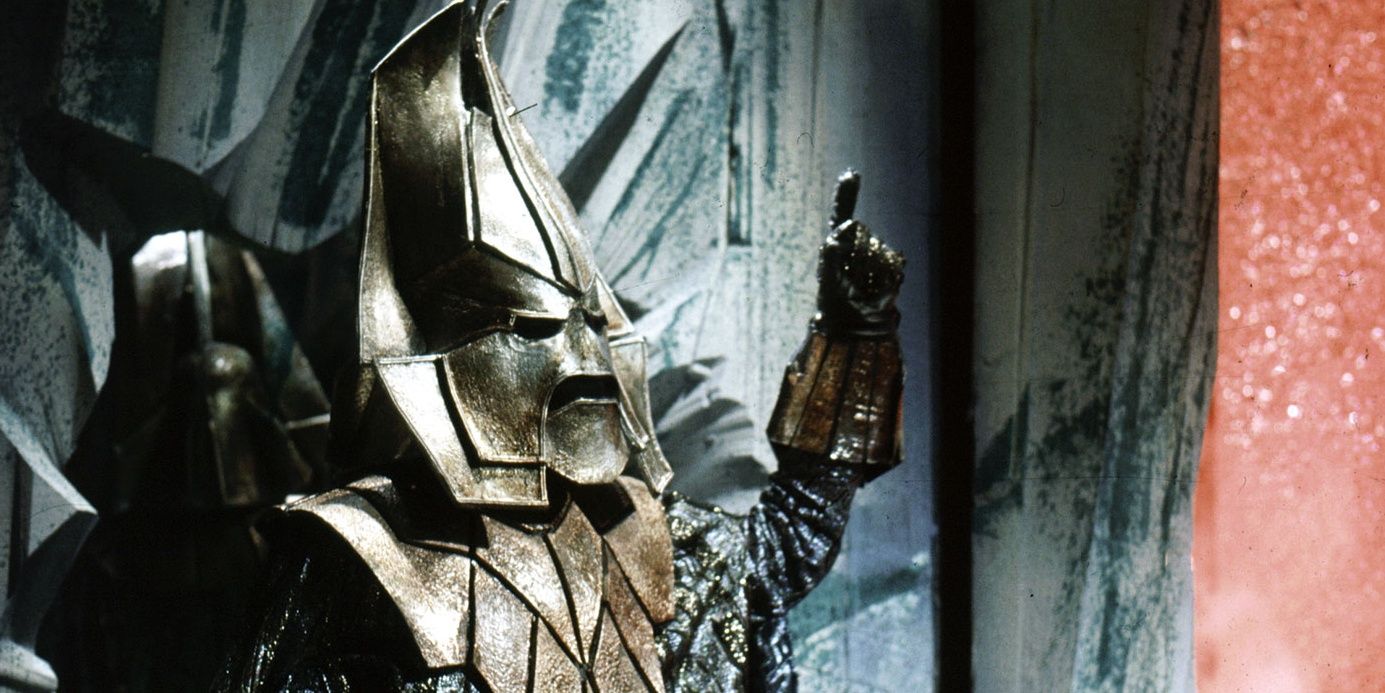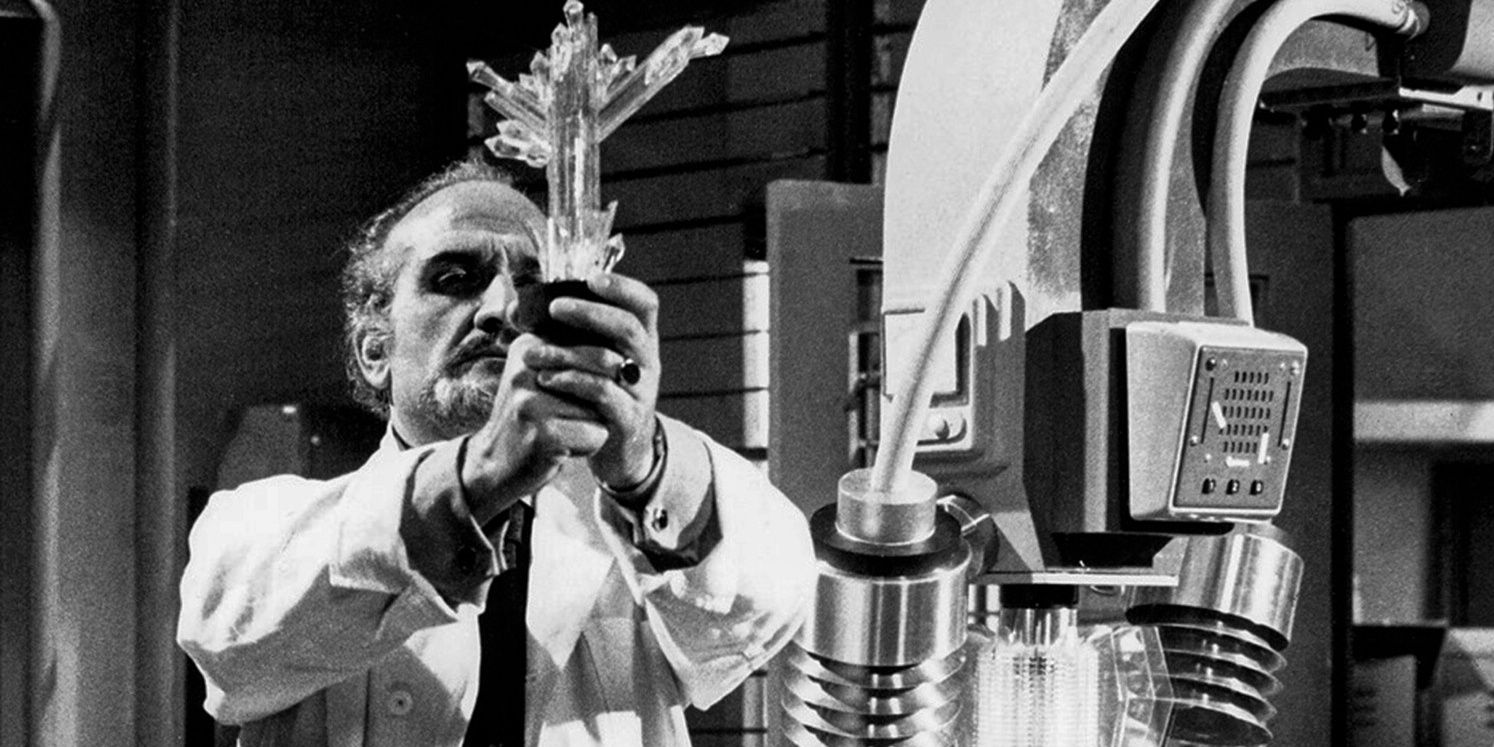Doctor Who: Flux was an ambitious project that tried to change up the usual format of the modern series. Similar to stories from the classic series, it opted for a single continuous narrative, rather than having self-contained episodes connected by an overarching story. It involved a web of interconnected storylines across different locations and time periods connected by a phenomenon known as the Flux, which threatened to destroy the universe. Whether this format worked is debatable, but the Flux proved a dangerous (if confusing) threat that nearly broke existence as we understand it.
Of course, the concept of racing against time to prevent total cosmic destruction is not particularly unusual for Doctor Who. Both the original and revived series have their own share of strange events that came dangerously close to breaking the universe long before the Flux had a shot at it.
7 The Key To Time
Episode: Several episodes throughout Season 16, 1978
The Key to Time was a powerful artifact capable of giving its user immense power over the universe, which led to it being desired by two powerful entities known as the White and Black Guardians. The more benevolent White Guardian needed the key to time as a way of restoring balance to the universe, which would have involved using it to pause time and space just long enough to make the unnecessary adjustments. The more menacing Black Guardian would have used the Key to Time for his own gain, likely abusing its powers to create chaos.
Despite the security measure of having the key's parts split and scattered across space and time, manifesting in strange disguises (including an entire planet, a sea monster, and a person), the Black Guardian came dangerously close to getting his hands on it. Fortunately, the Fourth Doctor managed to see through his trickery and re-scattered the key's pieces to keep it out of the Black Guardian's hands.
6 Logopolis
Episode: Logopolis, 1981
Logopolis was a planet that took the Vulcan philosophy of logic over emotion to the extreme. It was a world build on pure logic, particularly mathematics. Literally everyone on the planet was a mathematician constantly engaged in endless calculations. They believed that the mind was superior to technology, and relied as little on machinery as possible, to the point where they lived in caves constantly pushing beads back and forth on an abacus. Their calculations had a way of affecting the fabric of reality, and they knew how to keep the universe in balance.
Of course, that caused problems when the Master arrived. Being the force of chaotic evil he is, he quickly set to work sabotaging their calculations for his own personal gain. His interference wiped out the entirety of the planet's population, the planet itself, and set in motion the annihilation of space and time itself. What's more, he used it to take the universe hostage, offering the one thing that could save all existence for total submission.
5 The Time War
Episode: Day of the Doctor, 2013
When Rose Tyler first met the Ninth Doctor, she encountered a man plagued by guilt over his part in a long and brutal war between the Time Lords and the Daleks, known as the Time War. The bloodshed on Gallifrey alone was bad enough, but the fact that both sides were well-versed in travel through both space and time made things a thousand times worse.
The resulting carnage quickly spread through the universe, impacting millions of species and instilling a heavy distrust for Time Lords. Even the Doctor himself was distrusted by humans. Gallifrey had to be sealed in a pocket dimension, and things got so bad that the Doctor came dangerously close to using the most powerful weapon in the universe.
4 A Crack In The Wall
Episode: Throughout Series 5, 2010
In 1996, a young girl by the name of Amelia Pond noticed a strange crack appearing on her bedroom wall, through which she could hear voices. By a funny coincidence, the newly-regenerated Doctor happened to land in her front yard and was able to investigate. Turned it was indeed a crack, but not in the most conventional sense.
The crack was not in fact in the wall but in the fabric of space and time. Soon, more began to appear in various places and time periods. This turned out to be the doing of creatures called the Silence, who had started to crack open the universe after blowing up the TARDIS. Stopping the cracks from destroying reality required the doctor to literally reboot the universe.
3 Hero Of The Time Lords
Episode: The Three Doctors, 1972
The Time Lords have a long history dating back thousands of years and featuring a variety of key players. One of the most crucial figures was a man known as Omega, whose experiment to harness energy from an exploding star was vital to discovering the secrets of time travel. Unfortunately, Omega himself was lost in the ensuing black hole and presumed dead. In actuality, he was trapped in a universe of antimatter. His will was the only thing keeping him together, and he managed to build a world that could safely translate matter into anti-matter.
Prolonged isolation, combined with the mistaken belief that the Time Lords abandoned him, were not great for his mental health, and he started to become resentful and vindictive towards his race. When he could not have vengeance against the Time Lords directly, he instead opted to destroy everything. Luckily, the Second Doctor's recorder had unwittingly avoided being turned into antimatter; thus, he and the third doctor managed to exploit Omega's uncontrolled anger to trick him into exposing the matter recorder to antimatter, thereby causing an explosion that seemingly killed him.
2 Project TOMTIT
Episode:The Time Monster, 1972
TOMTIT was hyped as a major technological breakthrough overseen by The Master Professor Thascalos. Officially it was an experiment in teleportation, but in actuality the machine was intended to do some serious damage. The time-altering effects were bad enough. When active, it could rapidly age a person or cause them to regress to infancy. The Master even figured out how to weaponize these abilities to hinder UNIT and the Doctor.
But the real danger was his endgame. The Master wanted to summon a creature from outside space and time, known as Kronos, that had a reputation for destruction. His goal was to turn Kronos into his personal weapon that he could use to conquer the universe. The carnage stemming from summoning Kronos turned out to be responsible for the destruction of Atlantis, and the situation would have gotten worse had a last-ditch effort by the Doctor not freed Kronos from the Master's control.
1 An Egyptian God
Episode: The Pyramids of Mars, 1975
Long ago, a race known as the Osirans dominated the galaxy. They were immensely powerful, and worshipped as gods on many worlds — including Earth, where they became the inspiration for the Egyptian pantheon. One particularly noteworthy member of the race was Sutekh, who inspired the Egyptian god Set. Sutekh craved power so much he feared anyone challenging him. His paranoia of being overthrown was so that great he decided the only way to maintain his position was to destroy all other life. In the end, it took an entire army of his own kind to stop him, and he was imprisoned under a pyramid on Mars.
In 1911, archeologist Marcus Scarman uncovered a lost Egyptian Tomb, only to be immediately killed and reanimated as a servant of Set, who used him as part of a plan to escape and continue his cosmic genocide. Left unchecked, Sutekh's wrath would have overridden everything that happened after 1911, with Earth — and presumably the rest of the universe — reduced to lifeless wastelands. Luckily, the Doctor managed to sabotage Sutekh's time tunnel, so that he would be trapped for hundreds of years and die of old age before he had any chance of getting out.

